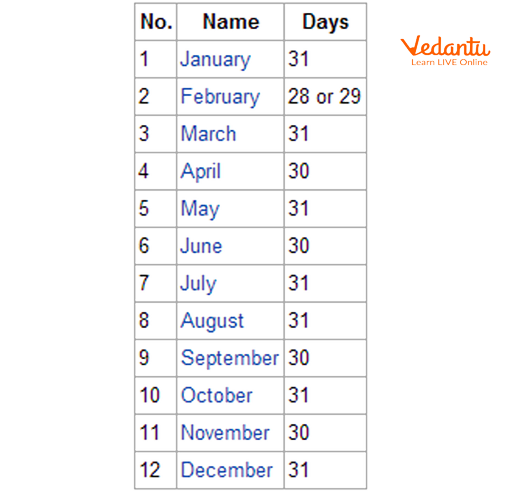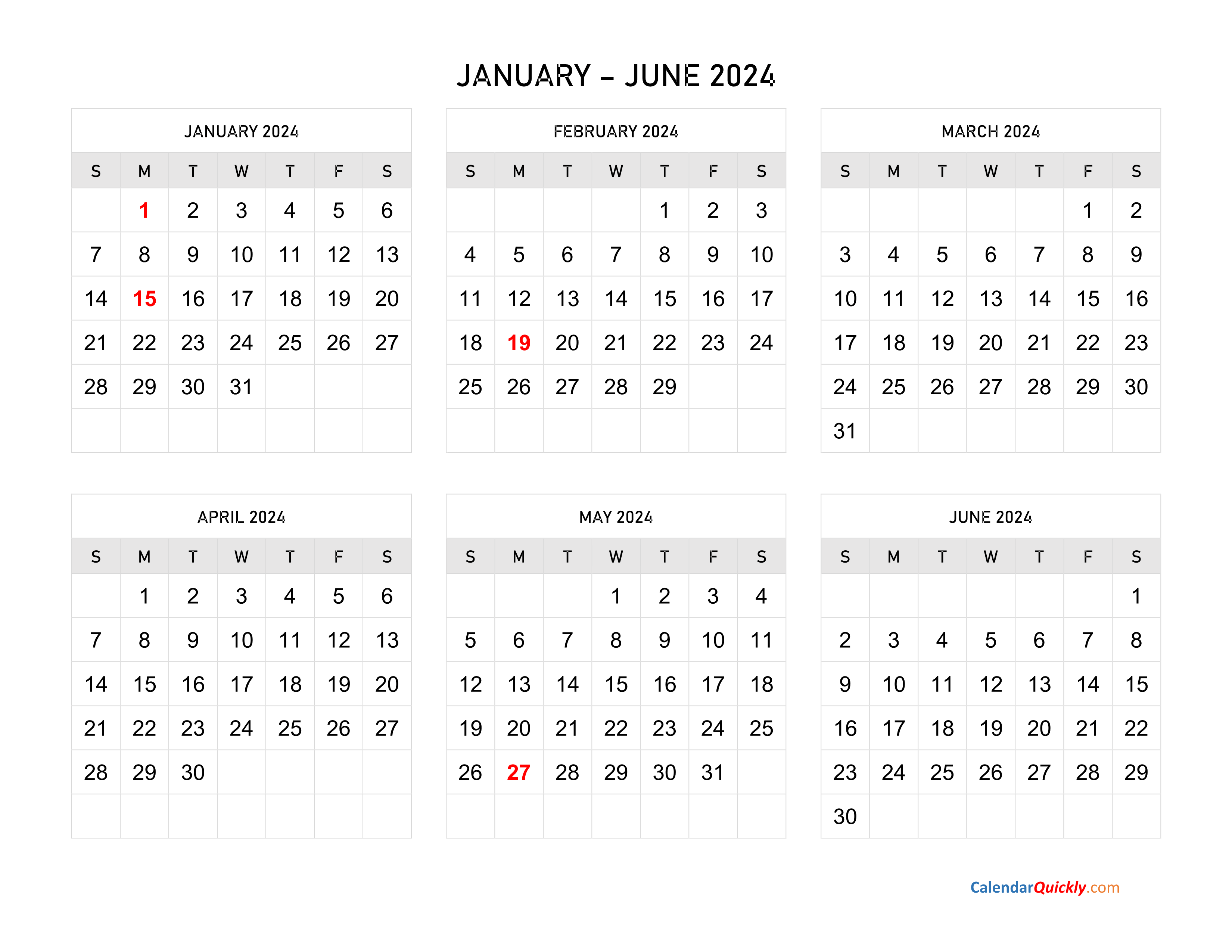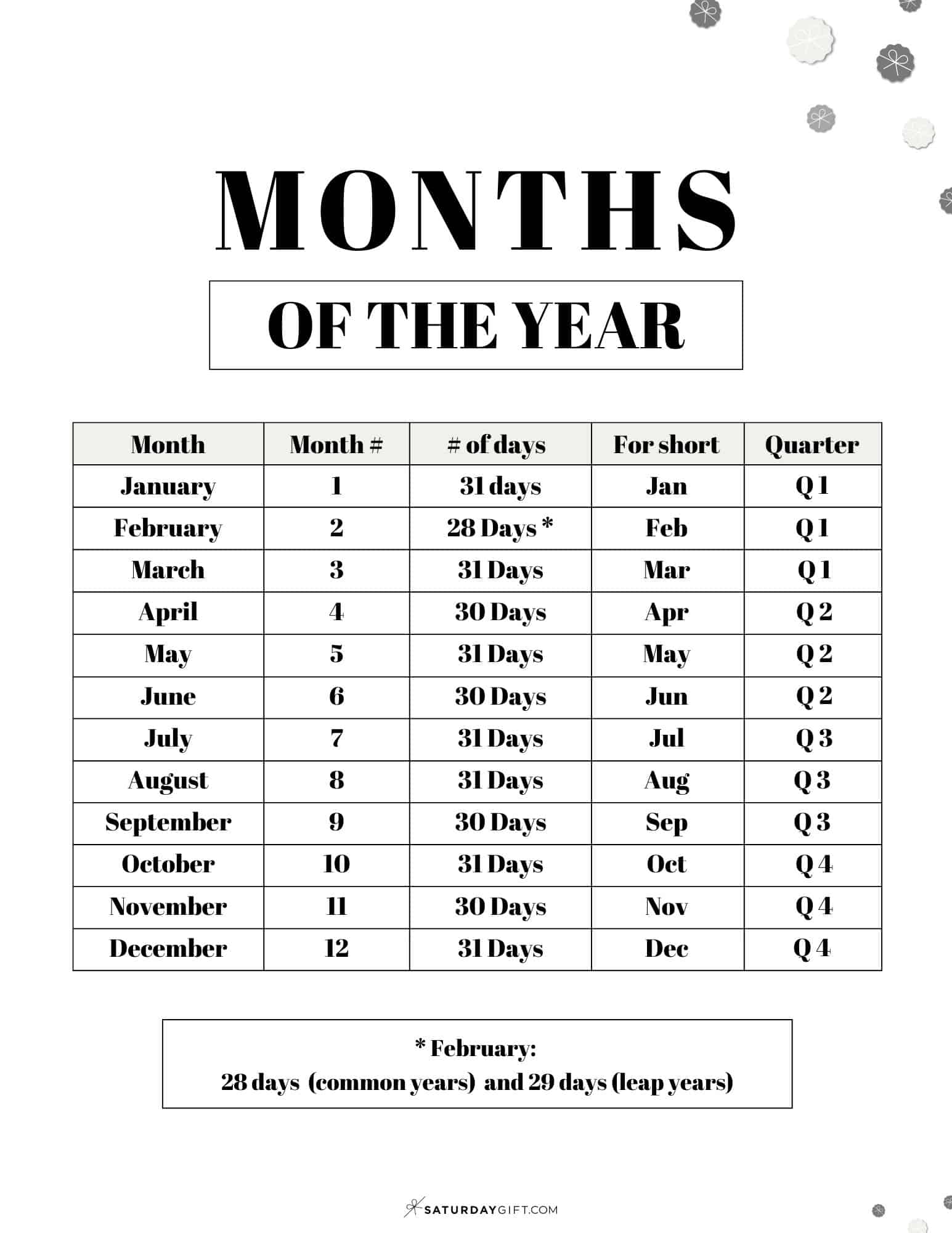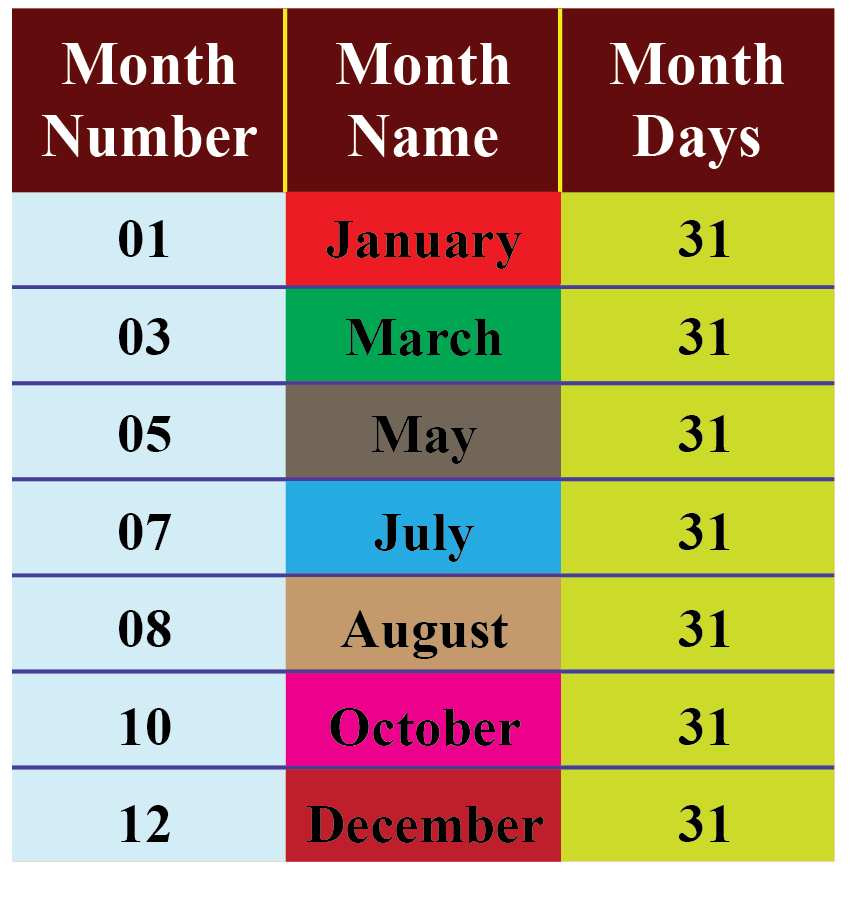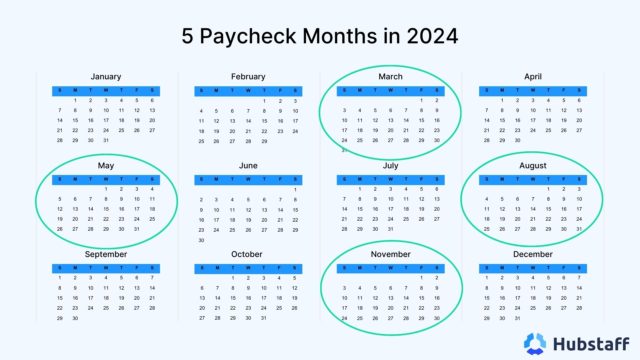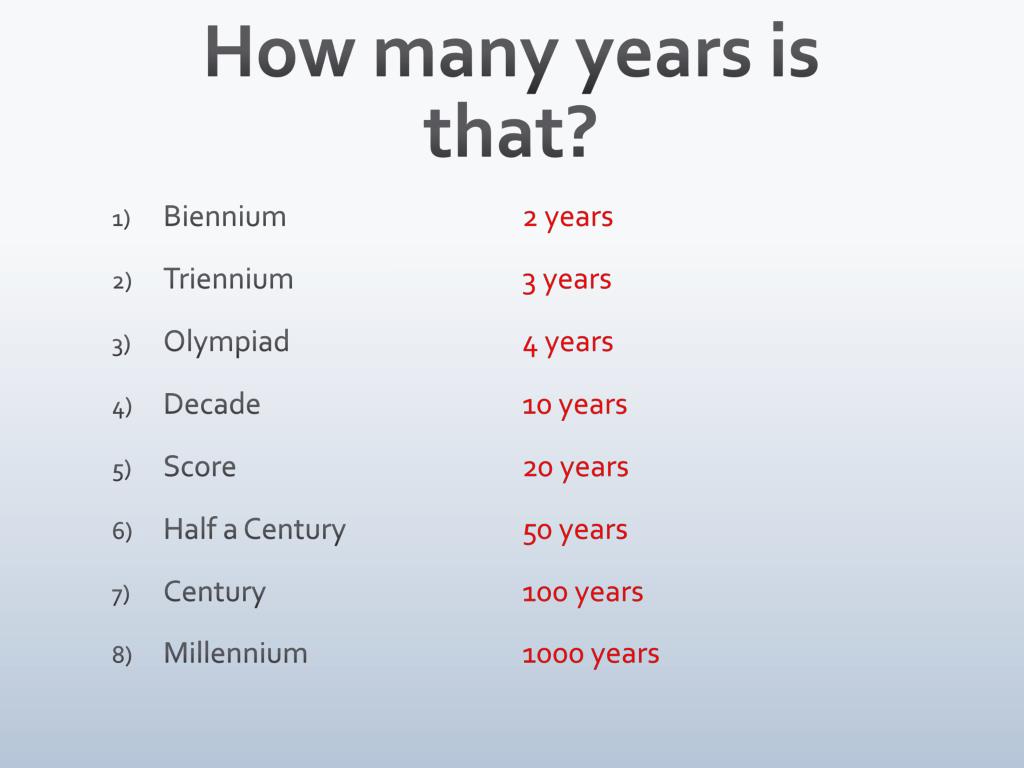How Many Months Has It Been Since July 2024

As the calendar pages turn, a question persists: How many months have elapsed since July 2024? This seemingly simple query holds significance, particularly in contexts where time-sensitive decisions, projects, or policies hinge on precise calculations.
This article delves into the straightforward calculation of months elapsed since July 2024, exploring its relevance across various sectors like finance, project management, and government initiatives. We will examine the implications of this temporal measurement, emphasizing its role in informed decision-making and the potential consequences of miscalculation.
The Calculation: Months Since July 2024
Calculating the number of months since July 2024 is a matter of simple arithmetic, yet its accurate application is crucial. As of today, October 26, 2024, the calculation is as follows: August, September, October, these are the complete months that have passed.
Therefore, the answer is three full months. This count doesn't include the current month, October, as it is not yet complete.
Relevance Across Sectors
The passage of time is a fundamental factor in nearly every aspect of modern life. From financial investments to project completion timelines, understanding the duration between specific dates is critical for accurate planning and execution.
Finance and Investments
In the financial world, the number of months since a particular date can determine investment returns, loan interest accrual, and the maturity of financial instruments. Consider a bond issued in July 2024 with a five-year maturity; its valuation and trading activity will be closely tied to the months remaining until maturity.
Incorrectly calculating this duration could lead to mispricing and potentially significant financial losses for investors. Understanding time is paramount for accurately projecting cash flows.
Project Management
Project timelines are intrinsically linked to calendar months. If a project commenced in July 2024 with a projected duration of 18 months, knowing precisely how many months have passed is vital for tracking progress against the original plan. Milestones, resource allocation, and potential delays are all assessed based on this temporal framework.
Using this date to compare actual progress is critical for project success. If there are more months left than what's been done, there is plenty of room to recover.
Government Initiatives and Policy
Government policies often have specific implementation timelines and review periods tied to calendar dates. A policy introduced in July 2024, requiring review after one year (12 months), necessitates precise tracking to ensure timely evaluation and potential adjustments.
This ensures accountability and adaptability within government operations. Furthermore, this is key to good governance.
The Importance of Accuracy
While the calculation of months elapsed may appear straightforward, the potential consequences of inaccuracies can be significant. Consider a scenario involving contractual obligations with deadlines tied to specific dates.
A miscalculation of even a single month could lead to breaches of contract, legal disputes, and financial penalties. This can cause significant economic damage.
Accurate record-keeping and robust tracking mechanisms are, therefore, essential. Such measures are crucial to mitigate the risk of errors.
Tools and Resources for Date Calculation
Numerous tools and resources are available to facilitate accurate date calculations. These range from simple online calculators to sophisticated project management software.
Spreadsheet programs like Microsoft Excel and Google Sheets offer built-in functions for date arithmetic, allowing users to easily calculate the difference between two dates in months, days, or years. Project management software provides timeline visualization and automated tracking of project milestones, ensuring adherence to planned schedules.
Utilizing these tools can greatly reduce the risk of errors. These errors can lead to costly repercussions.
Future Outlook
As time continues to march forward, the relevance of accurately tracking elapsed months since July 2024 will persist. Whether in financial planning, project execution, or policy implementation, the ability to precisely measure time intervals remains a critical skill.
The continued advancement of digital tools and software will likely further streamline date calculations, enhancing accuracy and efficiency across various sectors. Staying abreast of these technological developments is crucial for individuals and organizations seeking to optimize their time management practices.
Looking ahead, as we approach the one-year, two-year, and subsequent anniversaries of July 2024, reflecting on the progress made and lessons learned during these periods will be invaluable. This will inform future strategies and ensure continued growth and success.
